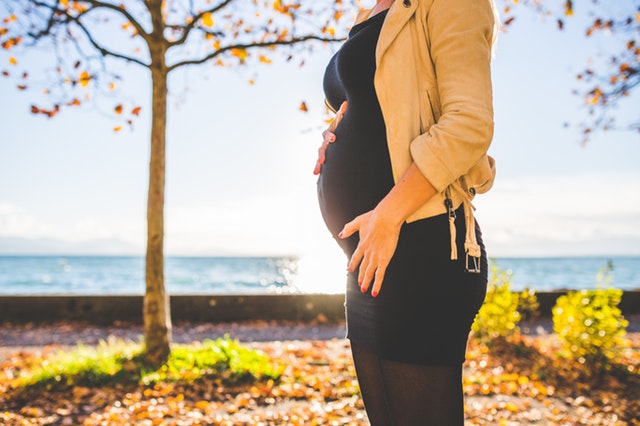Flu Vaccine and Maternal Protection
Effect of Influenza Vaccination of Children on Infection Rates in Hutterite Communities: A randomized trial. Loeb etal. JAMA 303:943-950, 2010.
In this study the investigators randomly assigned Hutterite communities that had no prior program for childhood influenza immunizations to receive in a double blinded fashion either influenza vaccine or hepatitis A vaccine as the control. They were able to immunize approximately 80% of the children between 36 months and 15 years of age. These children constituted approximately 40% of the residents in these communities. In the communities that received the influenza vaccine, a 61% reduction in influenza illness was observed in the immunized children and a 59% reduction in the remainder of the community. They concluded that immunizing children and adolescents with influenza vaccine significantly protected the unimmunized residents in the communities against influenza.
Dr. Albrecht’s Comments:
Influenza is a major cause of morbidity and mortality, resulting in an estimated 200,000 hospitalizations and 36,000 deaths annually in the United States alone. Children and adolescents appear to play an important role in the transmission of influenza. This study shows that preferential immunization of only the youngsters has a benefit in interrupting community-wide transmission of influenza and protecting the entire population of a community. This is called “herd immunity” and is the basis of many immunization programs.
The most notable case for herd immunity is for rubella (German measles). Before childhood immunizations were routine, infection during the first trimester of pregnancy was not uncommon and resulted in devastating outcomes. If the pregnancy did not spontaneously abort, nearly half resulted in babies born with congenital rubella syndrome. The classic triad for congenital rubella syndrome (CRS) is deafness, blindness, and congenital heart defects. Many other organ systems may also be affected. Since the advent of immunizations beginning at 6months of age, the incidence of rubella during pregnancy and congenital rubella syndrome has dropped precipitously, and in fact there have been no cases of congenital rubella syndrome in the United States in over 25 years.
Pregnant women are considered to be in the high risk category for influenza infections. It is suspected that pregnant women, even those who are healthy, are more likely to contract influenza in an epidemic. Of more concern is the serious impact that influenza can have during pregnancy. It has been found that pregnant women in the third trimester were just as likely to be hospitalized for heart or lung problems as women with serious, chronic medical conditions who were not pregnant, and they were almost five times as likely to be admitted to the hospital during the flu season for heart or lung problems as nonpregnant women. Another study showed that pregnant women with asthma were at a particularly high risk for hospitalization during the flu season.
Because of these findings, the U.S. Centers for Disease Control and Prevention (CDC) and the American College of Obstetricians and Gynecologists (ACOG) recommend that women who are or will be pregnant during the flu season get the flu vaccine. Experts believe that the flu vaccine will provide protection against the flu for both the mother and infant when the mother is vaccinated against influenza (see the previous blog entry), and it may be given any time during pregnancy. Because the flu vaccine is an inactivated vaccine (containing no live virus), vaccine experts believe it to be safe for pregnant women and their unborn babies.
The message to glean from this study is that not only should a pregnant woman get immunized but to take advantage of the herd immunity phenomenon, her family both at home and extended should also be immunized.








